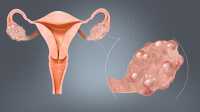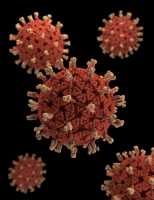Author Interviews, Cancer Research, Hematology / 03.12.2018
Alcyone Trial: DaraVMP New Standard for Transplant-Ineligible Newly Diagnosed Multiple Myeloma
MedicalResearch.com Interview with:
Maria-Victoria Mateos, MD, PhD
Associate Professor of Medicine
University of Salamanca
Salamanca, Spain
MedicalResearch.com: What is the background for this study? What are the main findings?
Response: Alcyone trial is a phase 3 trial in which Daratumumab, the CD38 mAb has been added to a standard of care for elderly newly diagnosed myeloma patients, VMP, and compared with VMP. The main finding is that the addition of dara to VMP resulted into a significant benefit in PFS with a 57% reduction in the risk of progression and/or death. In addition, the benefit was also reported in terms of ORR and CR rate and 45% of patients receiving Dara VMP achieved CR. Minimal residual disease was evaluated and was undetectable in 27% of the patients what it is relevant because a 5% increase was observed in comparison with the publication one year ago. This means that Daratumumab as maintenance after the first 9 cycles daraVMP was able to upgrade the quality of response. Toxicity profile was acceptable and no new safety signals were reported. (more…)





























